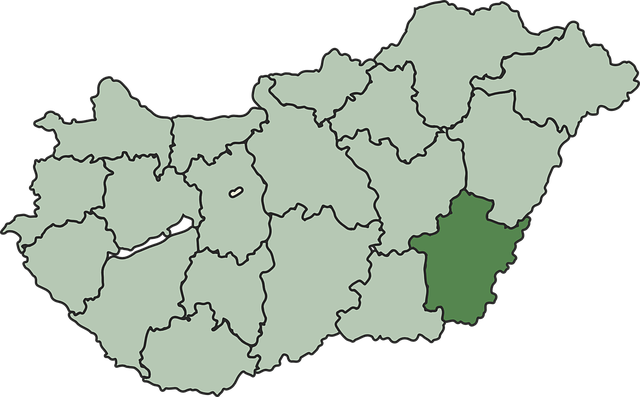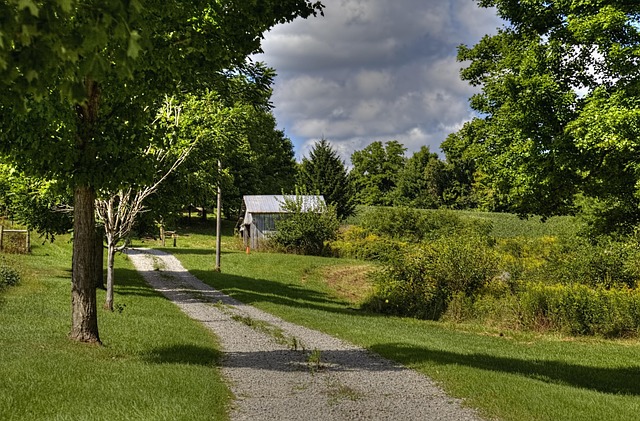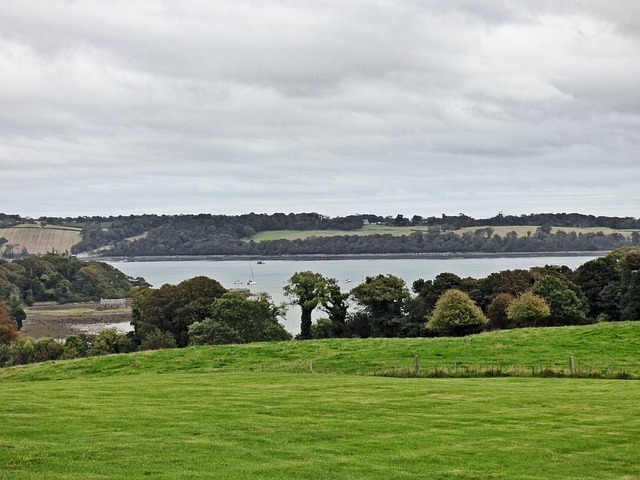Military strategies have a profound impact on regional real estate development, influencing urban/rural landscapes and driving economic growth through base placements, job creation, and specialized industry hubs. Border controls regulate migration and property prices, while open borders stimulate market growth. Military-industrial complexes (MICs) shape land use in border areas, leading to infrastructure development but also posing challenges like reduced accessibility and increased resource pressure. The real estate market experiences mixed effects near MIC installations, with property values rising and falling based on proximity and zoning designations.
“In many regions, military presence and border dynamics play a significant role in shaping local real estate landscapes. This article explores the intricate relationship between these factors and their profound effects on regional development. We delve into how military strategy influences urban planning and infrastructure, analyze the impact of border controls on property markets, and uncover the formation of military-industrial complexes that drive unique land use patterns along borders. Understanding these connections is key to navigating the evolving real estate sector in border regions.”
The Impact of Military Strategy on Regional Real Estate Development

Military strategies often play a pivotal role in shaping the development of regional real estate. The placement of military bases, for instance, can significantly influence urban or rural landscapes. These installations require ample space and specific infrastructure, leading to both direct and indirect effects on nearby areas. Directly, they may stimulate local economies through construction projects and job creation. Indirectly, they can drive property values in certain regions, attracting businesses and residents seeking proximity to these strategic locations.
Furthermore, military zones often become centers for specialized industries, research, and technology development. As a result, the surrounding real estate market might experience a boom, with investors and developers targeting areas with strong military connections. This dynamic can create unique opportunities and challenges for regional planners, who must consider both the benefits of economic growth and the potential impacts on infrastructure, community character, and environmental conservation.
Border Controls and Their Influence on Local Property Markets

Border controls, often implemented for security and regulatory purposes, have notable impacts on local real estate markets. These controls can restrict or facilitate movement of people and goods across borders, influencing demand for housing and commercial spaces. For instance, regions with strict border controls might experience reduced migration, leading to lower property prices as fewer buyers are available. Conversely, areas with open borders or streamlined customs procedures may see an influx of residents and workers, boosting local real estate markets and driving up property values.
The influence extends further, affecting the types of properties in demand. Controls on specific goods or industries can shape economic activities within a region. For example, border policies that promote free trade might encourage the development of industrial zones, attracting businesses and increasing demand for commercial spaces. Conversely, restrictions on certain imports or exports could spur local production, fostering growth in residential areas catering to expanding populations.
How Military-Industrial Complexes Shape Land Use in Border Areas

Military-industrial complexes (MICs) have a profound impact on land use in border areas, often shaping the region’s real estate landscape. These complexes, driven by defense and security needs, lead to significant infrastructure development. Base construction, training ranges, and research facilities require vast tracts of land, influencing local zoning and property values. In many cases, borders become natural boundaries for these complexes, leading to concentrated military presence and subsequent changes in the surrounding environment.
The presence of MICs can bring economic opportunities through job creation and infrastructure investments but also presents challenges. Border communities might experience reduced accessibility and increased pressure on local resources as a result of restricted areas. Moreover, the real estate market can be significantly affected, with property values rising near military installations due to security-conscious residents seeking safety, while areas designated for training or buffer zones may see decreased property appeal and value.






